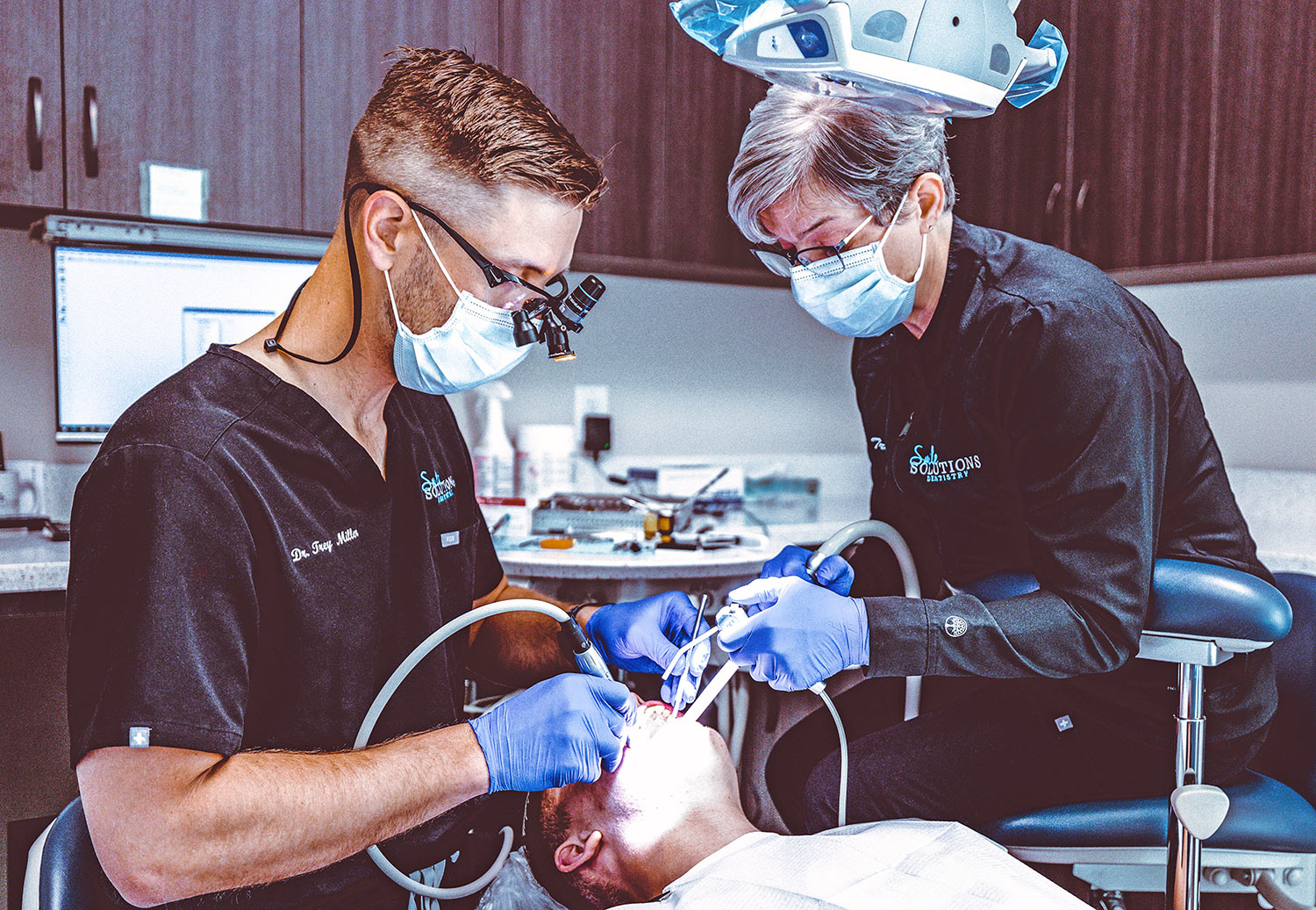Understanding Wisdom Teeth Extractions
In the world of dentistry, wisdom teeth extractions stand out—not as a rite of passage, but as a common necessity. Picture this: your mouth, a bustling city where every tooth has its place, its purpose. Then, in come the wisdom teeth, the latecomers, arriving when space is a premium. For the lucky few, they fit right in, unnoticed citizens. But for many, they’re like square pegs trying to fit into round holes, causing chaos, discomfort, and sometimes pain.
Let’s dive into the narrative of wisdom teeth, those third molars that make their grand entrance in our late teens or early twenties. Why do they stir up so much trouble? Why do we often decide to evict them from their newfound homes? This isn’t just about removing a tooth; it’s about understanding a common but complex journey many of us will embark on. From the ‘why’ behind their removal to the ‘how’ of the process itself, and navigating the waters of recovery post-extraction, we’re covering all bases. Welcome to your guide on wisdom teeth extractions, where we’ll decode the myths, unveil the truths, and share pro tips for the road to recovery. This is wisdom teeth extraction, demystified and distilled, Seth Godin style.
Understanding Wisdom Teeth Extractions
Wisdom teeth are the last set of molars to develop. Sometimes, there’s not enough room in the mouth for them to properly emerge, leading to what’s known as impacted wisdom teeth. This can result in pain, infection, and even damage to adjacent teeth. Therefore, dentists often recommend their removal as a preventative measure or to address existing issues.
Why Are Wisdom Teeth Removed?
1. Impaction
When wisdom teeth cannot emerge normally, they may become trapped (impacted) within your jaw, potentially causing pain and infection.
2. Overcrowding
They can push against other teeth, disrupting the alignment of your bite.
3. Cavities and Gum Disease
Partially emerged wisdom teeth are hard to clean, making them hotspots for dental decay and gum disease.
The Extraction Process
The extraction process varies depending on whether your wisdom teeth are impacted. Typically, it involves:
1. An Initial Consultation
Your dentist or oral surgeon will take X-rays to determine the position of your wisdom teeth.
2. The Procedure
Extractions can be performed under local anesthesia, sedation, or general anesthesia, depending on your case’s complexity and your comfort level.
3. Recovery
You’ll be monitored until you’re ready to be taken home, with advice on post-operative care.
Common Questions and Answers
Q: Is wisdom teeth extraction painful?
A: You shouldn’t feel pain during the procedure due to anesthesia. Post-operative discomfort is normal but manageable with prescribed pain medication.
Q: How long is the recovery time?
A: Recovery typically takes a few days to a week. Swelling and mild discomfort are common but decrease significantly within the first few days.
Q: Can I eat normally after the extraction?
A: You’ll need to eat soft foods and avoid hard, chewy, or hot foods for the first few days. Gradually, you can reintroduce other foods as comfort allows.
Post-Op Care Tips
For tips on how to take care of your mouth after a tooth extraction, visit this page.
Final Thought
In the grand narrative of dental health, wisdom teeth extraction plays a surprisingly routine role, yet each recovery is a unique story of resilience. This isn’t just about following steps; it’s about embarking on a journey of healing, armed with knowledge and guided by the sage advice of your dentist. The roadmap to recovery, seemingly straightforward, is dotted with the potential for detours—questions and concerns that are as individual as your smile. Engage in this dialogue with your dental professional, a trusted guide in your quest for oral health. This is the essence of navigating post-extraction care: a blend of expectation, preparation, and personalized care. Welcome to your story of recovery, where smooth sailing is not just hoped for but planned.




